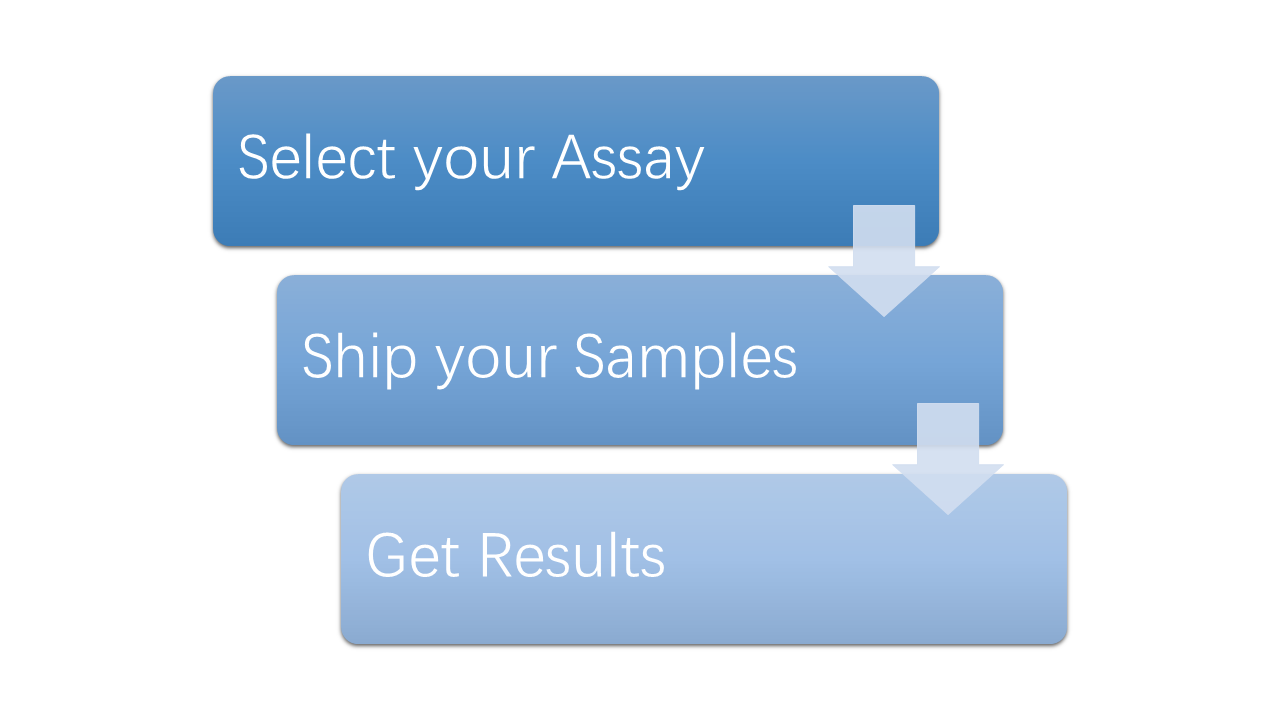Introduction
IL-34 is a new type of cytokine, secreted by the monocyte macrophage system, endothelial cells, fibroblasts, nerve cells, hepatocytes and epithelial cells, and is highly expressed in the heart, brain, liver, spleen, thymus, In the testes, ovaries, prostate, small intestine and colon. It has the ability of immune regulation and can promote inflammation. It can stimulate the growth, proliferation and differentiation of monocytes into macrophages, and promote the survival, proliferation and differentiation of osteoclasts as well as bone marrow cells.
Mechanism and Function
The receptor for IL-34 is colony-stimulating factor-1 receptor (CSF-1R), which is a tyrosine kinase receptor encoded by the proto-oncogene c-fms. CSF-1R can be produced in monocytes, fibroblasts, endothelial cells and tumor cells. IL-34 is the second functional ligand of CSF-1R. After dimerization, IL-34 can bind to CSF-1R, mediate intracellular signal transduction, and participate in cell proliferation, differentiation, apoptosis and various biological activities. The combination of IL-34 and CSF-1R phosphorylates extracellular signal-regulated kinase (ERK)-1 and ERK-2.
IL-34 has a certain effect on the mononuclear macrophage system. After combining with CSF-1, IL-34 can increase the expression of the adhesion molecule CD54, type II histocompatibility complex HLA-DR, scavenger receptor, and auxiliary stimulation ect., inhibiting the replication of human immunodeficiency virus in macrophages. And IL-34 induced differentiated cells have cellular endocytosis and respiratory burst. In addition, IL-34 can also promote the formation of endothelial cells and blood vessels, stimulate the formation of new blood vessels, and recruit M2 tumor-associated macrophages, thereby promoting tumor growth. IL-34 and cytokines can also regulate each other. IL-34 induces intestinal epithelial cells to express CC subfamily chemokine 20 through ERK1/2, while IL-1β and TNF-α can induce gingival fibroblasts to express IL- 34. In addition, IL-34 can also have an important effect on the formation of osteoclasts. It produces this effect by inducing nuclear factor-κB receptor activator ligand (RANKL), but has no effect on the survival of osteoclasts. IL-34 and RANKL together promote osteoclastogenesis, but IL-34 alone cannot produce this effect. There is also a correlation between IL-34 and rheumatoid arthritis. The high expression of IL-34 in inflammation can induce the expression of pro-inflammatory factors and chemokines in whole blood cells, further aggravating the inflammatory response. IL-34 can also play a role in rheumatoid arthritis(RA) by stimulating peripheral blood mononuclear cells and stimulating the expression of IL-17. In addition to RA, this situation also occurs in other inflammatory diseases, such as gingivitis, chronic nephritis, and Sjogren's syndrome.
 Fig 1. Mechanism of Signaling
Fig 1. Mechanism of Signaling
Creative Proteomics can provide cytokine detection platform for scientific research. According to different purposes, our dedicated analysts will customize exclusive solutions for you. We aim to provide customers with high-quality and convenient services to help you accelerate the progress of your project.
Our cytokine detection service includes but is not limited to:
- Quantitative and qualitative detection of cytokines in different species
- Quantitative and qualitative detection of cytokine antibodies
- Quantitative and qualitative detection of single/multiple cytokines
Sample requirements
- Sample Types-Blood, serum, plasma, cerebrospinal fluid, cell culture supernatant, tissue homogenate, cell culture medium, urine, tumor, etc.
- Sample Volume-It is optimal for at least 200µl of each sample. This volume allows for triplicate testing of each sample.
Our advantages:
- Efficient design: Multiplex reaction detecting in various methods are available, which can be selected according to different samples and requirements.
- Sensitive Detection: High-quality antibodies are used in the detection process to improve detection specificity and accuracy.
- Reliable results: The feedback results are professional and efficient
Technology platform:
We mainly provide the Luminex cytokine detection platform. Luminex uses fluorescently encoded microspheres with specific antibodies to different target molecules. The different microspheres can be combined freely to a certain extent so that up to 100 analytes can be tested multiple times simultaneously in a single experiment.
The Luminex cytokine assay platform has the following advantages:
- Multiple detection: simultaneous detection of 100 biological targets
- Short experiment time: 1-3 weeks
- High sensitivity: the lower limit of accurate quantification is as low as 0.1 pg/mL
- Save samples: only need a sample volume as low as 25 μL
- Time saving: the experiment process only takes 4 hours
For your different needs, we can also provide the following detection methods:
- Enzyme-linked immunosorbent assay (ELISA)
- Flow cytometry
Workflow

For more information about the IL-34 detection service or need other detection requirements, please contact us.
References:
- Liu H, Leo C, Chen X, et al. The mechanism of shared but distinct CSF-1R signaling by the non-homologous cytokines IL-34 and CSF-1[J]. BBA - Proteins and Proteomics, 2012, 1824(7):938-945.
- Lelios I, Cansever D, Utz S G, et al. Emerging roles of IL-34 in health and disease. Journal of Experimental Medicine, 2020, 217(3)

